OCEAN CLINES: Why Some Water Bodies Look Like They Don’t Mix!!!
Hi hivers! You’re welcome to my first @phc community article on my blog! I was directed here by @cmplxty and was welcomed on the discord group by @scubahead last night ! So I hope you guys enjoy reading through :)
When we take a close look at the glacial melt water and off shore waters of the Gulf of Alaska, it doesn’t take much to see that, their colors definitely are distinct and it seems that these waters just do not mix! To get a better understanding of what I’m talking about, check this short YouTube video clip out.
One could even say there is some sort of invisible wall dividing the water bodies! This border is called an Ocean Cline and it separates these water bodies with different physical and biological characteristics. So what then could be the reason for these distinctive attributes of the oceans? Isn’t water just water?
So I did some digging and just as you must have thought, it all comes down to some physics and chemistry! We ought to know that the water molecules in different water bodies differ sometimes in their densities, chemical constituents and levels of salinity.
This brings us to the subject matter; **Haloclines which was made known by Jacques Cousteau who was a big-time explorer. While he was on a deep diving exploration mission, he came across the phenomenon in the Straits of Gibraltar.I understand it to be the point between Europe and North Africa. It’s quite a beautiful site to see :)!
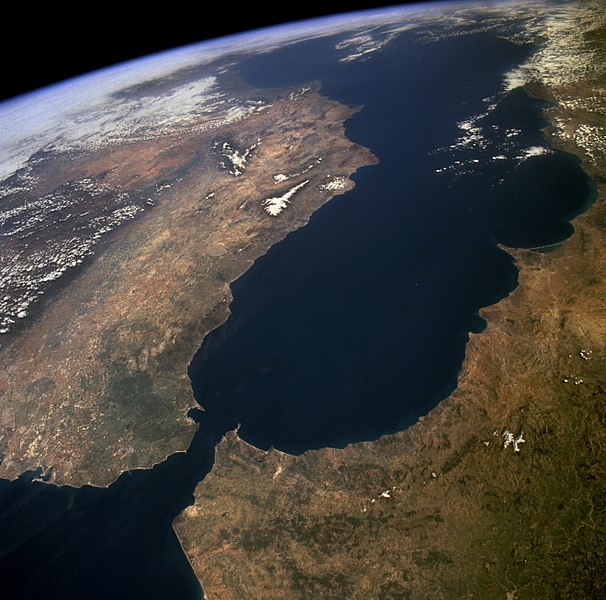
(left side: The Iberian Peninsula ; Right side: North Africa); Sourced From WiKimedia Public domain
So let’s discuss Haloclines a lil bit :) .
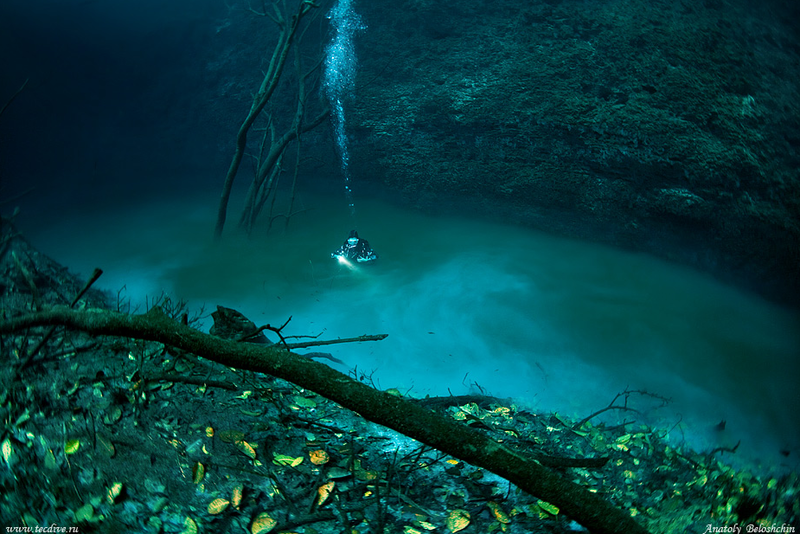
Haloclines are said to occur when one of the water bodies is about 5 times more saline than the other. Based on certain conditions, the cline can be either vertical or horizontal. You can give this a shot at home.
Take a cup of water and add as much salt as possible, then slowly add some fresh water after. In your little experiment however, you get to see your Halocline horizontally, due to the difference in index of refraction across the cline.
But then, when we talk about two oceans, the halocline can sometimes be vertical. Our basic physics tells us that the denser of both liquids should actually be at lower level and the less dense liquid should occupy the upper level.
When it comes to Ocean waters however, it was discovered that the densities of both waters do not differ that much to bring about a horizontal halocline, but then the difference in densities is still enough to not really allow them mix. This difference in density is caused by Salinity differences in the waters. If you increase salinity by one kg/m3 you get an increase of seawater density which is about 0.7 kg/m3.
Other than this, in the case of the Atlantic and pacific Ocean, Inertia also seems to play an important role. A force known as Coriolis Fore(a form of Inertia Force) works on planetary bodies such as the earth that move in a system of axis which also moves around (e.g. bodies that rotate and revolve around the sun). The effect of the force is depicted below;

For planet earth, the force causes a clockwise deviation of objects on the earth surface in the Northern Hemisphere. And for the objects in the southern hemisphere, they deviate in a counterclockwise manner.
This force does not seem noticeable since the earth rotates slowly around its axis in 24hours. The only time we get to see this phenomenal force at work is when we have Cyclones. The Coriolis force explains why the flows of the distinct oceans are actually different and they look like they do not mix.
Please note: In actuality, they do mix, but then the water bodies are so huge that the rate at which they mix becomes negligible. Hence the contrast in colors most times.
Also, the difference in the Surface Tensile Strength of the molecules (i.e. the strength with which the respective water molecules of these distinct oceans use to connect and hold themselves together) comes into play. The water molecules could actually mix still, but then the ocean flow still doesn’t allow them to really mix, as they have just a brief moment of interaction.
However, Haloclines are not restricted to the Pacific and Atlantic Oceans only. There a number of places on earth where Haloclines can be found. I shared the pictures of those I could find towards the end of the article.
We can also take a quick look at Thermoclines!
Just like the name inclines, this is the region that separates two water bodies/levels that differ in their temperatures. They are mostly found in lakes which have various layers with their respective temperatures. It’s just one of the awesome mechanisms found in many beautiful lakes we have around us.
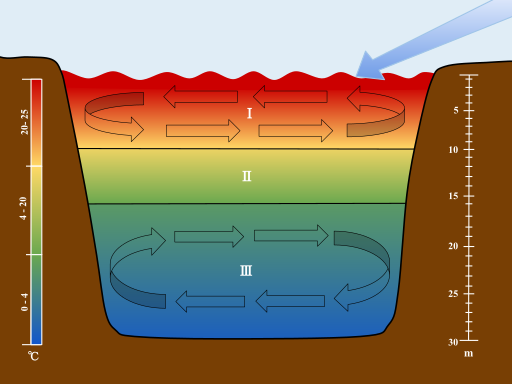
The Cold Water of the North Atlantic Ocean and The Warm Water of the Gulf Stream serves as a very good example of where you can also find a thermocline.
I’ll briefly dicuss Chemoclines too!
In this case the water bodies have their distinct microclimates and chemical constituents. This extraordinary phenomenon can be found in several locations on earth. The Sargasso Sea is the most popular and the biggest known Chemocline found within the Atlantic Ocean. The sea has no land shores and it is bounded by four currents forming an ocean gyre
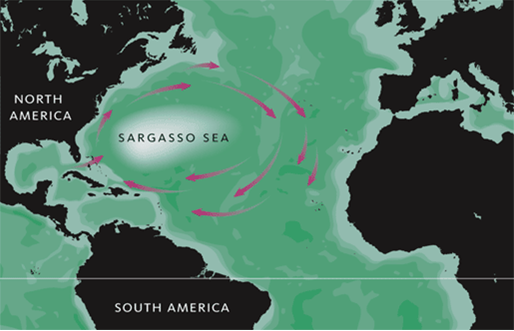
To round things off, there are a number of clines you can check out. I’ll give a few here though:
The Green And Colorado Rivers (Found in North America)
•
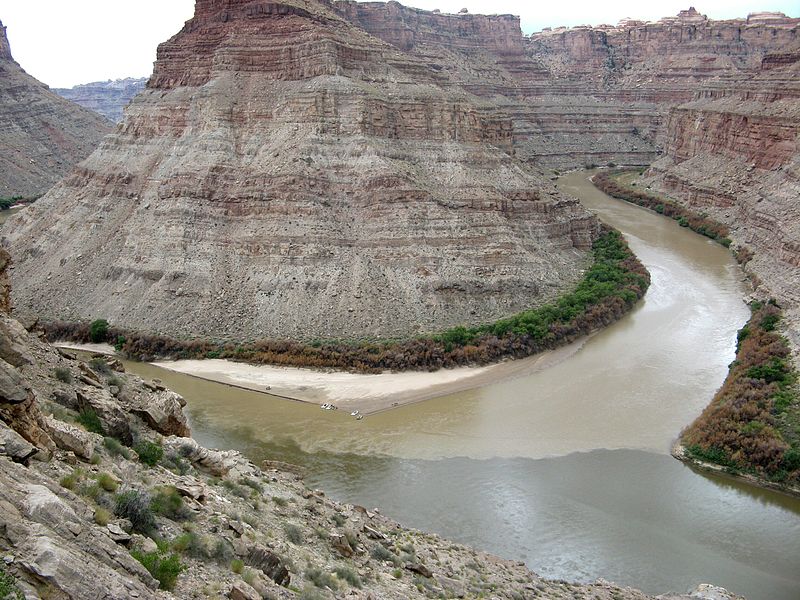
The Rio Negro and Solimoes Rivers (Found in South America)
•
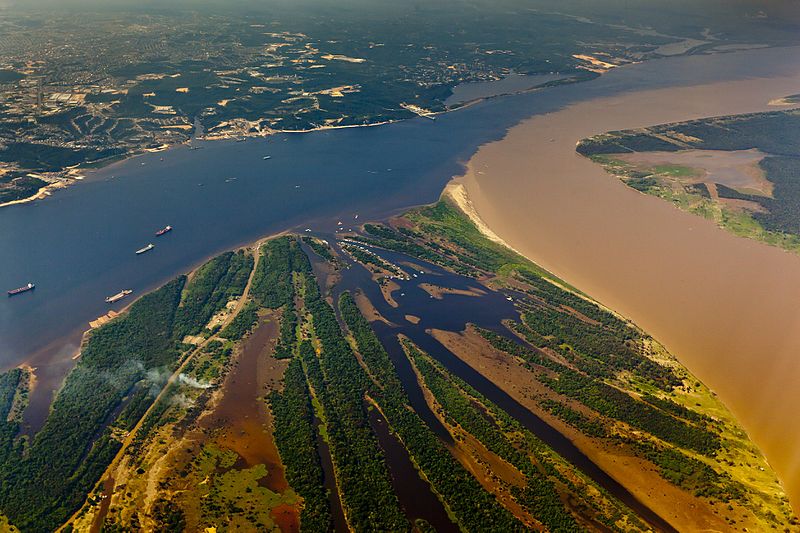
Curaçao(a country i just got to discover! :) ) in The Carribeans.
It doesn’t take much for us to understand just how awesome and unique our planet really is. The beauty of nature and how science is fused into these concept continues to amaze me.
After I got to learn about Ocean Clines, I actually got to understand and appreciate why we have the oceans and water bodies named differently. The clines help differentiate them and understanding them helps to serve different purposes for meteorologist (in hurricane forcasting), divers, explorers etc.
I hope the article was worth reading through guys?! I look forward to your comments and views. You can check the references below for a broader understanding of the various clines. Thanks and cheers!
You can FOLLOW ME for more awesome articles guys!
References
- Why do the Atlantic and Pacific oceans’ water not mix?
- 'Two oceans meet but don’t mix': What does this viral video really show?
- Why do the two oceans not mix?
- What are Thermoclines?
- What’s the Difference Between a Thermocline and a Halocline?
- Coriolis force

AS COMPOSED BY QUE
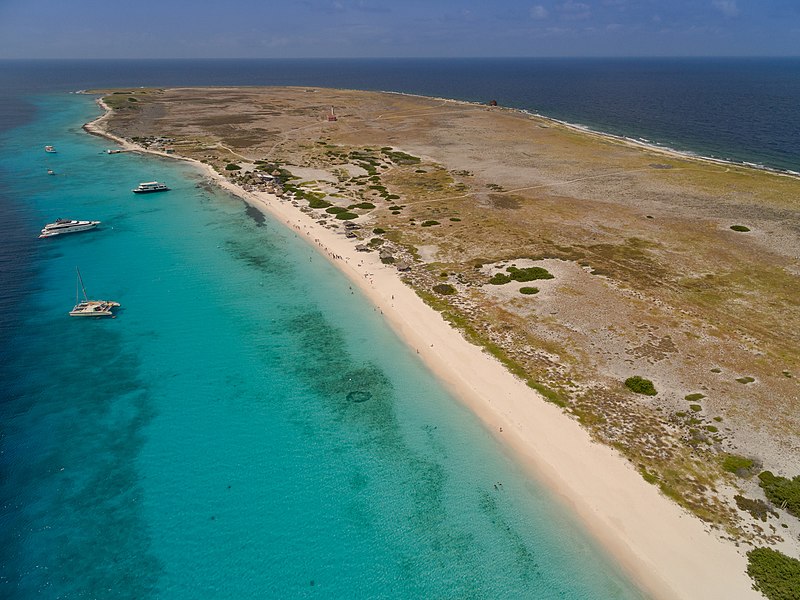
Excellent stuff!
Oh Thanks @abh12345.stem! I'm glad you read through
Congratulations @mengene! You have completed the following achievement on the Hive blockchain and have been rewarded with new badge(s) :
You can view your badges on your board And compare to others on the Ranking
If you no longer want to receive notifications, reply to this comment with the word
STOPthis is a great post. Interesting read.
Thanks @scubahead. I'm glad you found it interesting enough
I know about a lot of this as I’ve been working in the oceans for over 20 years but i really liked how you presented the information. Was a great post.
oh yes @scubahead, I know you must know a lot about oceans. This was my first shot at writing an article related to the oceans. I feel encouraged to write more, reading this from you. Thanks and cheers.
What an interesting post!!!... You've given us a well-detailed explanation of ocean clines👍.
Thanks @adedoyin-g! I'm glad you got the concept. Cheers!
Thanks for your contribution to the STEMsocial community. Feel free to join us on discord to get to know the rest of us!
Please consider supporting our funding proposal, approving our witness (@stem.witness) or delegating to the @stemsocial account (for some ROI).
Please consider using the STEMsocial app app and including @stemsocial as a beneficiary to get a stronger support.